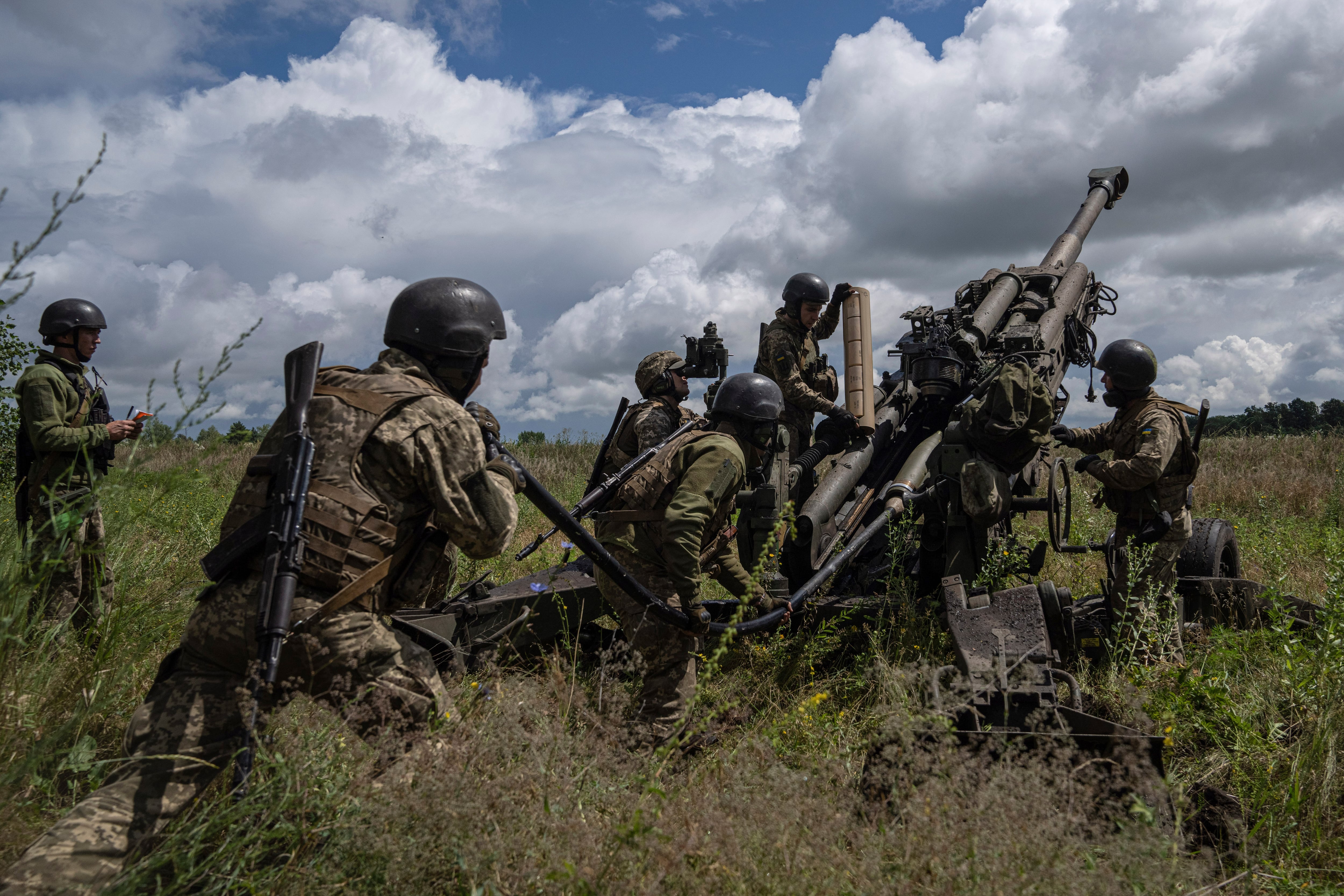Starting in January, 500 Ukrainian troops a month will travel to Germany to train with the U.S. Army, the Pentagon announced Thursday.
The training will be focused on battalion-level operations, said Air Force Brig. Gen. Pat Ryder, a Pentagon spokesman, during a press briefing.
“Combined arms-maneuver training is a logical next step in our ongoing training efforts, which began in 2014, to build the Ukrainian armed forces’ capacity,” Ryder said. “While there’s an understandable focus on the equipment being provided to Ukraine, training is and has been essential to ensuring Ukraine has the skilled forces necessary to better defend themselves.”
The U.S. and other NATO allies have held training in Europe since earlier this year, including Canadian soldiers familiarizing Ukrainian troops on the M777 Howitzer artillery system in April.
Also that month, a unit of Florida Army National Guardsmen — evacuated from Ukraine ahead of Russia’s invasion — resumed training with their Ukrainian partners, this time in Germany, focusing on equipment such as vehicles and radars recently sent to support Ukraine’s fight.
This latest round of training will be focused at the battalion level, Ryder said, including live-fires, and a progression from squad-, platoon- and company-level maneuvers. There will also be specific training for battalion headquarters staff elements.
RELATED

It will also cover weapons and equipment that the U.S. continues to send to support Ukraine, including artillery and air-defense systems.
“And so as we move forward, we will stay flexible and adaptable based on the needs of our Ukrainian partners and the evolving situation in Ukraine,” Ryder added.
Roughly 20,000 troops are still activated in Europe in response to Russia’s invasion of Ukraine, training with local troops throughout Eastern Europe and Germany.
Ryder said there’s no anticipated need to increase those troop levels to support the new training mission.
Meghann Myers is the Pentagon bureau chief at Military Times. She covers operations, policy, personnel, leadership and other issues affecting service members.





